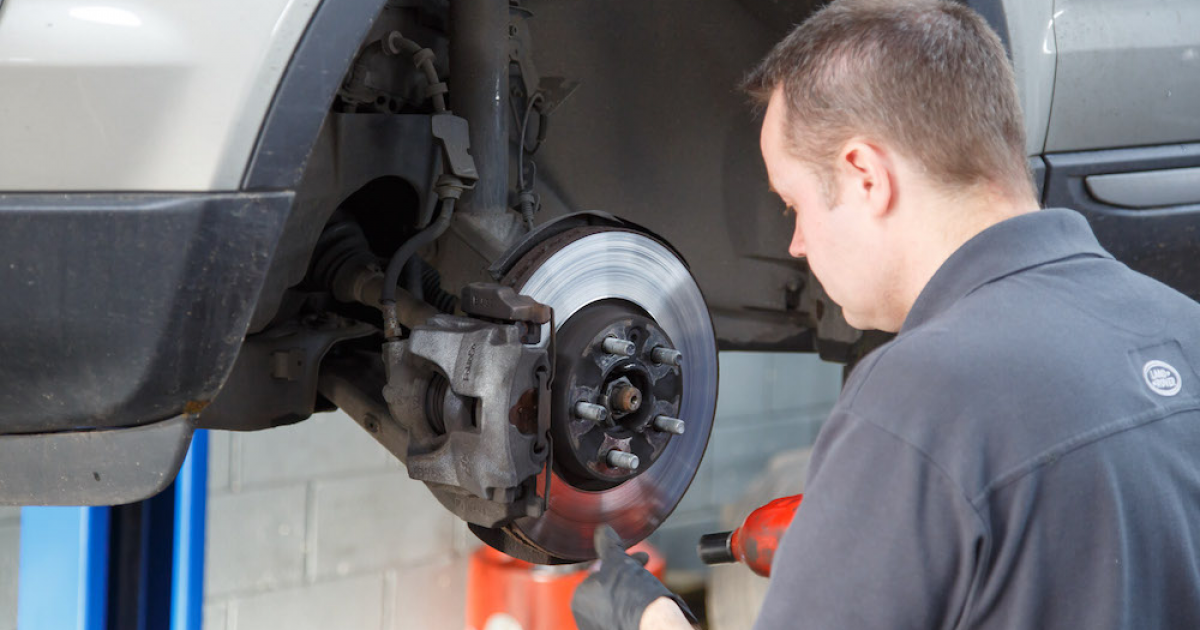Introduction
Your car’s brake system is crucial for your safety on the road. However, excess brake fluid can compromise the efficiency of your brakes, potentially leading to hazardous situations. If you find yourself with too much brake fluid, it’s essential to address the issue promptly and effectively. This comprehensive guide will walk you through the steps involved in removing excess brake fluid, empowering you to tackle this task with confidence.

Image: carinfohut.com
What is Brake Fluid?
Brake fluid is a hydraulic fluid specifically designed for use in brake systems. It transmits force from the brake pedal to the brake calipers, which in turn actuate the brake pads against the brake rotors or drums. Brake fluid must withstand high temperatures and pressure to ensure reliable braking performance.
Signs of Too Much Brake Fluid
Excess brake fluid can manifest in several ways:
- Leaking from the brake master cylinder or wheel cylinders
- Spongey or soft brake pedal
- Reduced braking effectiveness
- Protruding brake pedal
Step-by-Step Guide to Removing Excess Brake Fluid
Materials:
- Syringe or turkey baster
- Clean rags or paper towels
- Funnel
- DOT-compliant brake fluid (refer to your vehicle’s owner’s manual for the specified type)
Safety Precautions:
- Wear gloves and safety glasses to protect yourself from brake fluid.
- Park your vehicle on a level surface and engage the parking brake.
Instructions:
-
Locate the Brake Fluid Reservoir: Typically found under the hood, the brake fluid reservoir is a translucent container with a cap or lid.
-
Remove Excess Fluid: Using the syringe or turkey baster, gently suction the excess brake fluid out of the reservoir. Avoid over-extraction, leaving some fluid at the bottom.
-
Inspect for Leaks: While removing the fluid, inspect the surrounding area for any leaks that may have caused the excess fluid. If leaks are suspected, consult a mechanic for professional diagnostics and repair.
-
Top Up with New Fluid: Replace the fluid you removed with an equal amount of new, DOT-compliant brake fluid. Ensure the fluid level is between the “MIN” and “MAX” marks on the reservoir.
-
Pump the Brake Pedal: Depress the brake pedal several times to distribute the new fluid throughout the system. Check the fluid level again and top up if necessary.

Image: www.motorverso.com
Expert Insights and Tips
-
Use a clean reservoir: Contaminants can compromise brake fluid performance. Clean the reservoir thoroughly before introducing new fluid.
-
Avoid contamination: Keep brake fluid sealed and away from moisture, as it absorbs water easily.
-
Regular fluid更换: Regularly check and更换 brake fluid according to your vehicle’s recommended maintenance schedule.
How To Remove Too Much Brake Fluid
Conclusion
Removing excess brake fluid is a critical task for maintaining the safety and effectiveness of your braking system. By following the steps outlined in this comprehensive guide, you can confidently restore the proper fluid level and ensure optimal brake performance. Remember to prioritize safety, consult the owner’s manual for specific vehicle requirements, and seek professional assistance if you encounter any difficulties or leaks. By proactively addressing excess brake fluid, you empower yourself with the knowledge and skills to keep your vehicle running smoothly and keep yourself protected on the road.